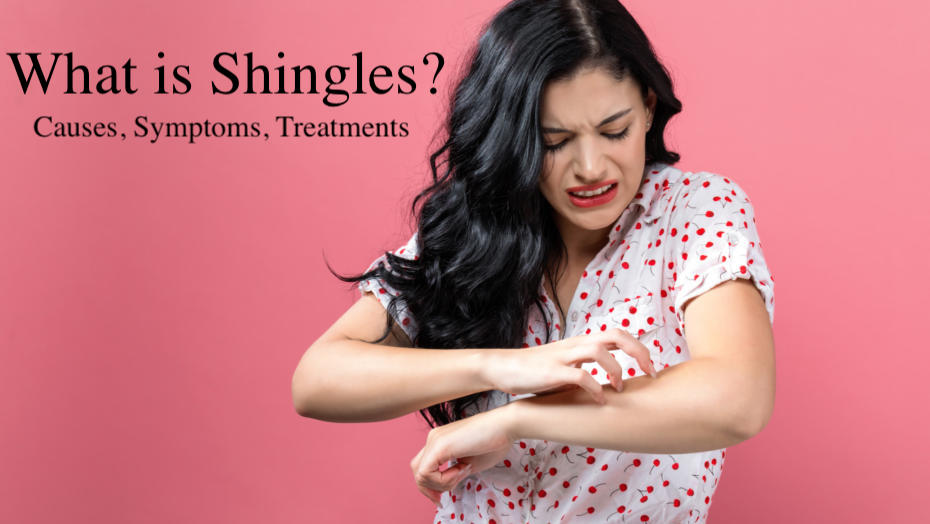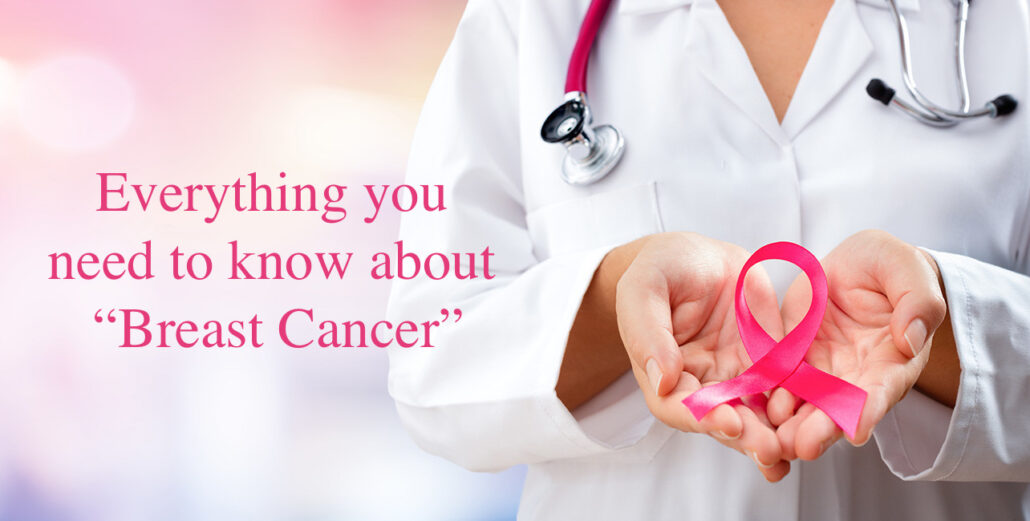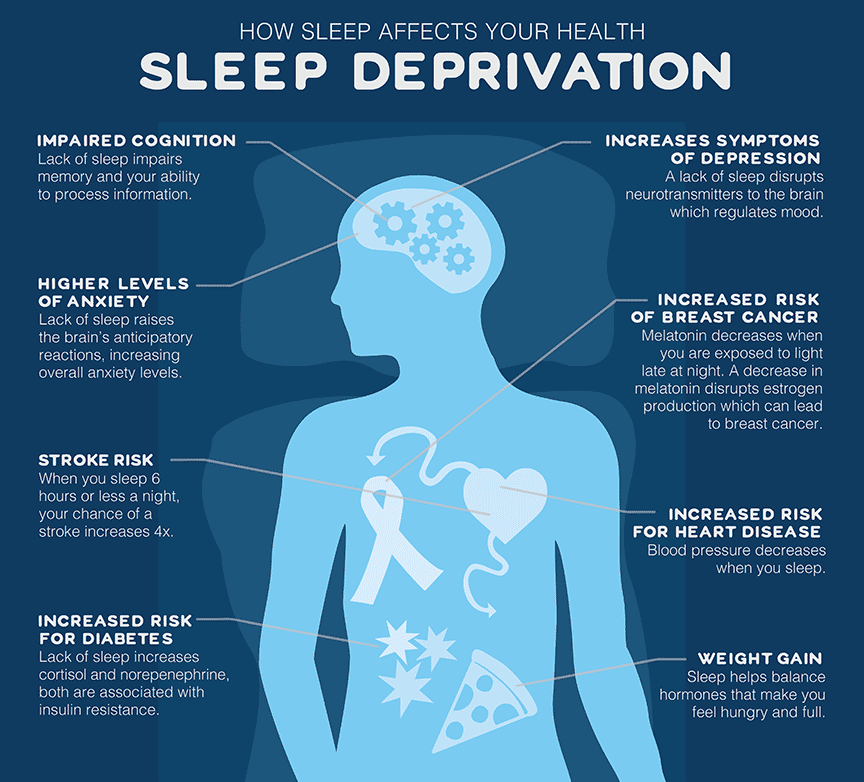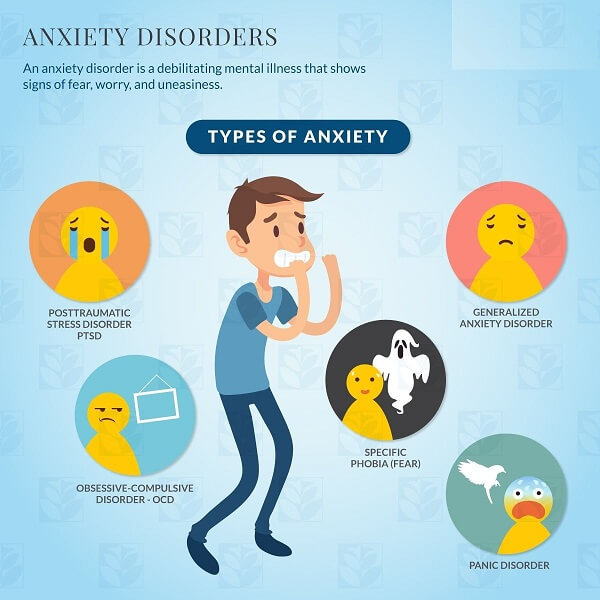What is shingles?
Shingles is a viral infection that results from the varicella-zoster virus (VZV), the same virus that causes chickenpox. It typically affects a single sensory nerve ganglion and the skin surface that the nerve supplies.
Anyone who has had chickenpox can later develop shingles.
In fact, according to the Centers for Disease Control and Prevention (CDC), an estimated 1 in 3 people in the United States develop shingles during their lifetime.
However, a person can only develop shingles if they have had chickenpox or exposure to the virus that causes it. This virus can lie dormant for years.
Most adults with the dormant virus never develop shingles, but for some, the virus reactivates several times.
Shingles is most common after the age of 50 years, but it can appear at any age if a person has previously had chickenpox.
In this article, learn more about shingles, including symptoms, complications, and treatments.
Symptoms
Shingles usually affects one side of the body. This is most often the waist, chest, abdomen, or back. Symptoms can also appear on the face and in the eyes, mouth, ears. The virus can also affect some internal organs.
Shingles typically affects a single sensory nerve ganglion near the spinal cord, called a dorsal root ganglion. This is why the symptoms occur in specific areas of the body, rather than all over it. The pain results from nerve involvement, rather than the rash itself.
In fact, some people have pain but no rash. Others, meanwhile, may have a rash with pain that is accompanied by other symptoms, such as fever, chills, or headache.
Symptoms can vary in nature, depending on where on the body they appear.
Common symptoms
Some of the most common symptoms of shingles include:
- a constant dull, burning, or gnawing pain, or a sharp, stabbing pain that comes and goes
- a skin rash that resembles a chickenpox rash but only affects certain areas
- fluid-filled blisters that develop as part of the rash
Symptoms on the body
A blistering skin rash may appear in one or more distinct bands with sensory nerves of the skin, called dermatomes.
Common locations for this include:
- the chest
- the abdomen
- the back
- around the waist
It usually occurs only on one side of the body.
The location of the symptoms will depend on which dermatome distribution the virus affects.
Facial symptoms
If the rash affects the face, symptoms usually appear on one side only — usually around one eye and the forehead.
They can include:
- pain over the affected dermatome
- a rash
- muscle weakness
- headache
Eye symptoms
If the virus affects an ophthalmic nerve, it means that a person has herpes zoster ophthalmicus.
This can cause pain, redness, and swelling in and around the eye, as well as temporary or permanent loss of vision.
Ear symptoms
Shingles can also occur in or around the ear, leading to problems with balance and hearing, as well as muscle weakness on the affected side of the face.
These changes can be long term or even permanent. A person who develops symptoms in or around the ears and eyes should seek immediate medical attention to reduce the risk of complications.
Mouth symptoms
If shingles affects the mouth, a person may experience:
- facial tenderness
- pain in the mouth
- toothache
- lesions in hard and soft palate tissues
The pain and discomfort of these symptoms can make it difficult to eat or drink.
Internal shingles
Shingles can also affect the internal organs. There will not be a rash, but other problems can arise.
For example, researchers have found evidence of shingles in the digestive system, which can lead to gastrointestinal dysfunction, and in the arteries in the brain, which may increase the risk of stroke and dementia.
Other symptoms
There may also be other symptoms, including:
- fever
- fatigue
- chills
- headache
- upset stomach
Symptom progression
Symptoms typically progress as follows:
- Pain, tingling, numbness, and itching start to affect a specific part of the skin.
- After up to 2 weeks, a rash appears.
- Red blotches and itchy, fluid-filled blisters develop and continue to do so for 3-5 days.
- The blisters may merge, forming a solid red band that looks similar to a severe burn. The gentlest touch may be painful.
- Inflammation may affect the soft tissue under and around the rash.
- After 7–10 days, the blisters gradually dry up and form scabs or crusts. As the blisters disappear, they may leave minor scarring.
Shingles usually lasts around 2–4 weeks. It is contagious until the blisters dry up and crust over.
Most people will only have an episode of shingles once, but it can recur in some people.
Complications
Rarely, complications can arise — especially in people with an impaired immune system.
Possible complications of shingles include:
- postherpetic neuralgia (PHN)
- inflammation of the brain or spinal cord, increasing the risk of stroke, encephalitis, and meningitis
- eye and vision problems
- weakness
- problems with balance and hearing
- damage to blood vessels, which could lead to stroke
- pneumonia
According to the CDC, around 10–18% of people who have shingles will develop PHN, a long term complication wherein the pain of a shingles rash lasts long beyond the rash itself.
It is more likely to occur if a person develops shingles after the age of 40 years, and the risk continues to increase with age.
In people with weak immune systems
People with a weakened immune system will have a higher risk of developing shingles and of experiencing severe symptoms and complications.
This include people who:
- have cancer, especially leukemia or lymphoma
- have HIV
- have undergone an organ transplant
- are taking medications to suppress the immune system, including chemotherapy drugs
These people should seek medical attention as soon as possible if they have concerns about shingles-related symptoms.
Is shingles contagious?
It is not possible to directly transmit shingles to another person. However, a person who has never had chickenpox can contract VZV by coming into direct contact with the fluid in the blisters of a person who currently has shingles.
If this happens and the person has not received vaccination against chickenpox, they would develop chickenpox first, not shingles.
Shingles does not spread through coughing or sneezing. Only direct contact with fluid from the blisters can spread the virus. Therefore, covering the blisters reduces the risk of contagion.
It is important to note that the virus is only active from when the blisters first appear to when they dry up and crust over. Transmission is not possible before the blisters develop and after the crusts form. If a person does not develop blisters, the virus cannot spread in the traditional sense.
Taking the following precautions can help prevent the transmission of the virus:
- Cover the rash.
- Wash the hands often.
- Avoid touching or scratching the rash.
It is also important to avoid contact with:
- infants who are preterm or have a low birth weight
- pregnant women who have never had chickenpox or the vaccine for it
- those with a weakened immune system
Treatment
A doctor may prescribe antiviral drugs to stop the virus from multiplying.
Antiviral treatment
Antiviral treatment can help:
- reduce the severity and duration of symptoms
- prevent complications from developing
- lower the risk of the rash coming back
Managing symptoms
Tips for managing symptoms include:
- using pain relief medication
- reducing stress as much as possible
- eating regular, nutritious meals
- getting some gentle exercise
- wearing loose fitting clothes, for comfort
To relieve itching, the CDC recommend:
- applying calamine lotion
- taking a lukewarm, oatmeal bath
- placing a cool, damp washcloth on the blisters
Most people will recover with home treatment, but a person should seek medical help if other symptoms appear, such as a fever. Around 1–4% of people will need to spend time in the hospital due to complications.





